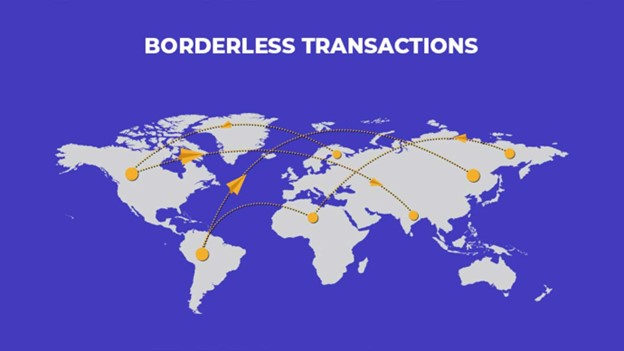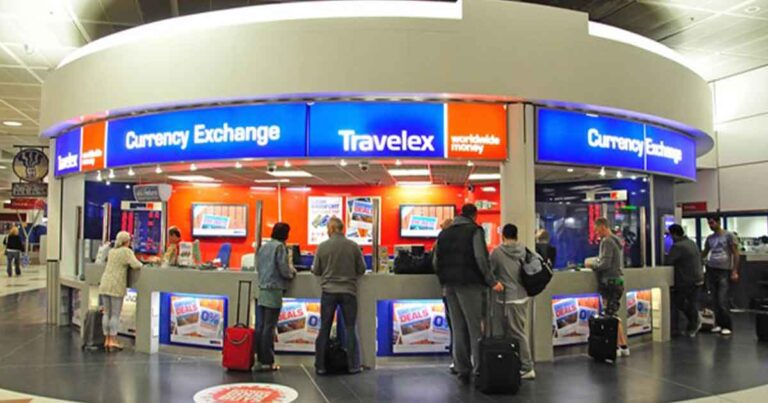In today's interconnected world, cross-border payments are absolutely essential. It's a fact that sending and receiving funds across borders has become an integral part of day-to-day life. However, despite the increased need for international payments, it remains the most complex, time-consuming, and costly process. Everyone who is engaged in frequent international payments must be aware …










